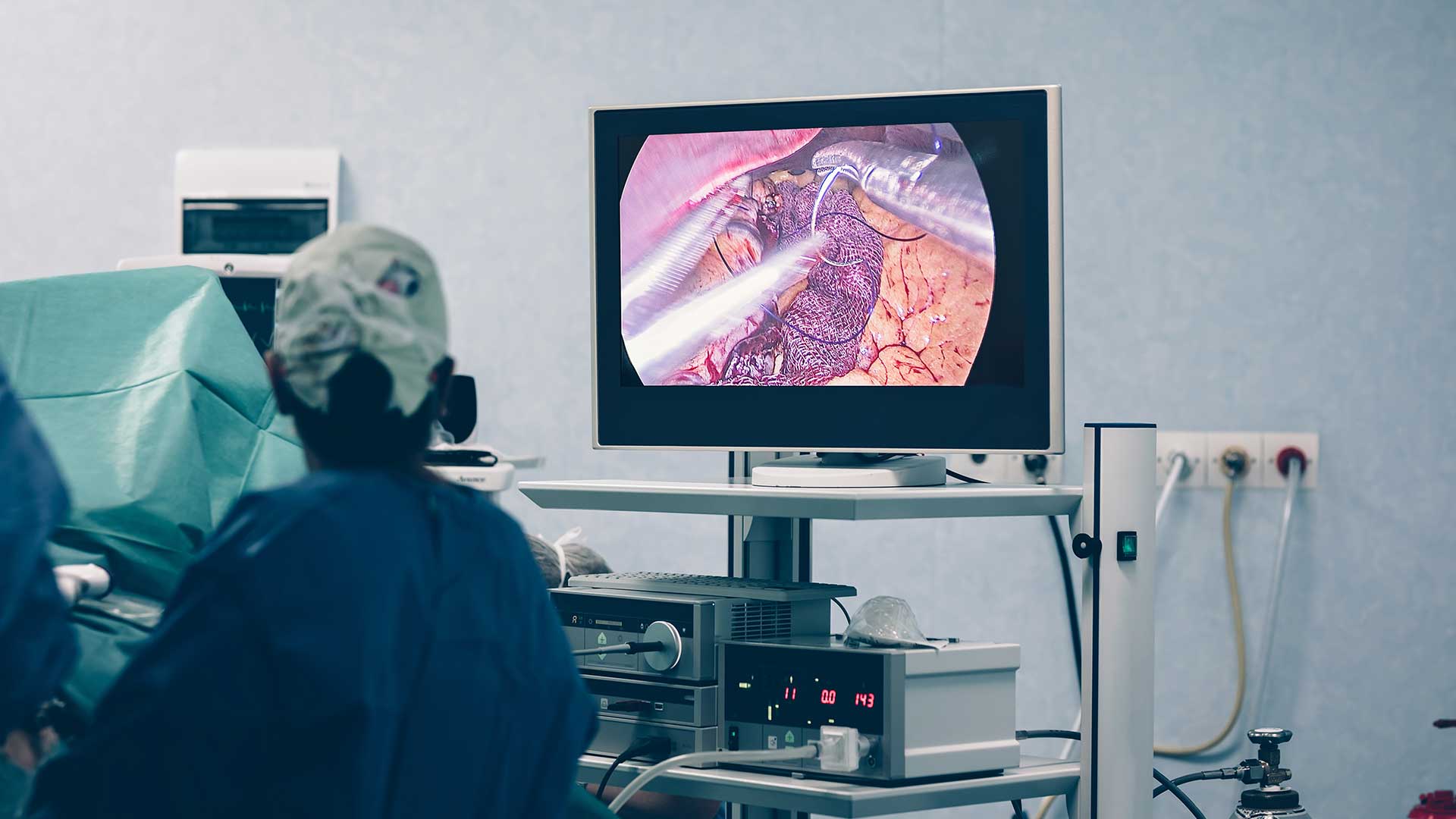What is Gastric Sleeve Surgery?
Gastric sleeve surgery is one of the medical issues that people frequently research. It is the most frequently performed obesity surgery in our country and in the world. People often refer to this as stomach reduction surgery. In order to perform the sleeve gastrectomy, the anterior abdominal wall is pierced with 0.5 cm diameter small holes, eliminating the need for a large incision. This technique is a surgery because the remaining 20% of the stomach looks like a tube. This closed form of intervention is called “laparoscopic surgery”.
Fundus is present in 80% of surgically removed tissue. Hunger hormone is released into the body from the fundus. Patients who had sleeve gastrectomy surgery reported that stomach pain decreased and the desire to snack decreased. On the other hand, it reduces the amount of food absorbed into the circulation.
To determine whether a patient is a good candidate for bariatric surgery, various diagnostic tests and medical examinations must be performed first. For example, a person undergoing bariatric surgery is forced to comply with body mass index (BMI) statistics mandated by the World Health Organization. Body mass index (BMI) is calculated by taking a person’s weight and dividing by the square of their height.
Each result covers several categories such as “underweight”, “normal weight”, “obesity” and “extremely obese”. For weight loss surgery, the patient’s BMI should be at least 40. If there are additional problems other than obesity, a result of 35 and above should be obtained. To be eligible for bariatric surgery, you must be at least 11 years old, alcohol-free, and in good mental health. Children under the age of 11 are not operated on, and it is not recommended for those under the age of 16.
How Is Gastric Sleeve Surgery Performed?
Laparoscopic surgery is a closed surgical procedure that is definitive. The procedure is known as laparoscopic sleeve gastrectomy surgery. As in open surgery, incisions of 15 to 20 centimeters are not opened. The camera and treatment equipment are passed through small 0.5-centimeter-wide holes drilled into the abdomen. A high resolution monitor is placed in front of the surgeon to observe the operative field while performing the treatment.
This procedure makes the surgery more comfortable and safe and makes the recovery time less painful and faster. During the general anesthesia procedure, staplers and a delivered tube remove 80 percent of the stomach. The suture line should be carefully examined and managed during surgery to prevent excessive bleeding after stomach removal. Special dyes are used to inflate the abdomen to determine if the suture line is leaking. After the surgical tube is removed and the controls are completed, the drainage system is installed.
Advantages of Gastric Sleeve Surgery
- Stability is achieved with less food due to the lower gastric capacity. After the surgery, there are no restrictions on what you can eat for the rest of your life.
- Ghrelin, the hunger hormone, decreases and the desire to eat decreases.
- Since the intestines are not operated on, problems such as bleeding, leakage and obstruction do not occur.
- It takes less time than typical obesity surgeries. On average, it takes about an hour.
- Less time spent in the hospital.
- There is no foreign substance put into the body..
- The absorption process does not change. Consequently, people are less prone to suffer from vitamin and mineral deficiencies.
After Gastric Sleeve Surgery
Laparoscopic surgery facilitates recovery after surgery. Since the incisions are very small after sleeve gastrectomy surgery, there is minimal discomfort and recovery time. The patient must stay in the hospital for three days after the operation. After all controls and examinations are completed, the patient is discharged home. For the first week or two, they will be able to do their daily work with ease. One month is the ideal time to resume your previous routine. Controls are done every 1, 3, 6 and 12 months. Approximately 20 kg of weight loss is expected in the first month. 70 to 80 percent of excess weight can be lost within a year.

